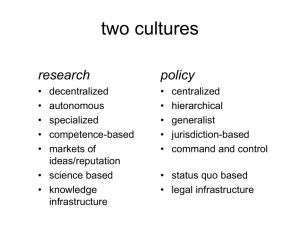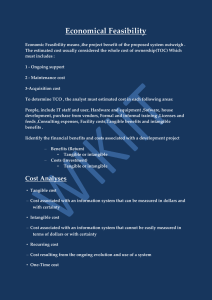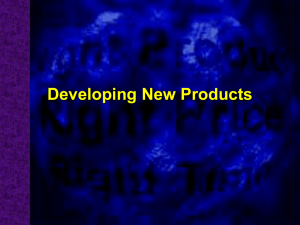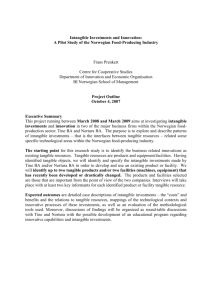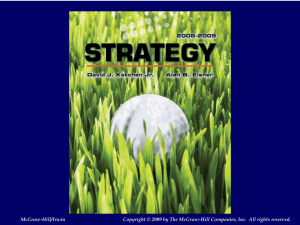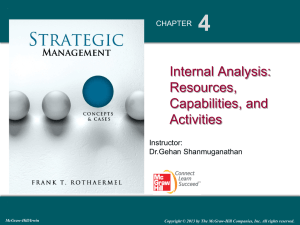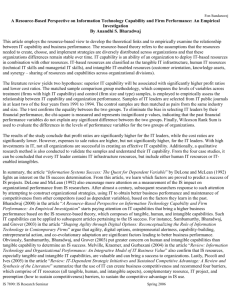DOCX - ludov
advertisement
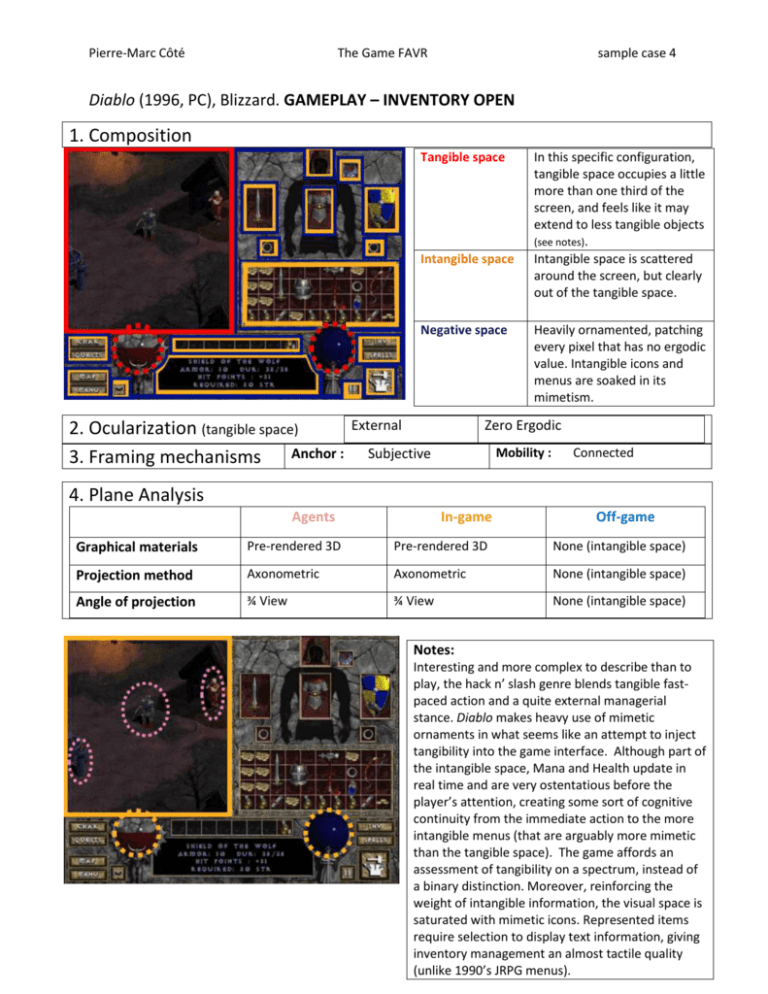
Pierre-Marc Côté The Game FAVR sample case 4 Diablo (1996, PC), Blizzard. GAMEPLAY – INVENTORY OPEN 1. Composition Tangible space Intangible space Negative space 2. Ocularization (tangible space) Anchor : 3. Framing mechanisms External In this specific configuration, tangible space occupies a little more than one third of the screen, and feels like it may extend to less tangible objects (see notes). Intangible space is scattered around the screen, but clearly out of the tangible space. Heavily ornamented, patching every pixel that has no ergodic value. Intangible icons and menus are soaked in its mimetism. Zero Ergodic Mobility : Subjective Connected 4. Plane Analysis Agents In-game Off-game Graphical materials Pre-rendered 3D Pre-rendered 3D None (intangible space) Projection method Axonometric Axonometric None (intangible space) Angle of projection ¾ View ¾ View None (intangible space) Notes: Interesting and more complex to describe than to play, the hack n’ slash genre blends tangible fastpaced action and a quite external managerial stance. Diablo makes heavy use of mimetic ornaments in what seems like an attempt to inject tangibility into the game interface. Although part of the intangible space, Mana and Health update in real time and are very ostentatious before the player’s attention, creating some sort of cognitive continuity from the immediate action to the more intangible menus (that are arguably more mimetic than the tangible space). The game affords an assessment of tangibility on a spectrum, instead of a binary distinction. Moreover, reinforcing the weight of intangible information, the visual space is saturated with mimetic icons. Represented items require selection to display text information, giving inventory management an almost tactile quality (unlike 1990’s JRPG menus).

